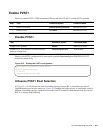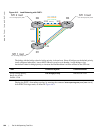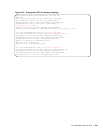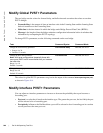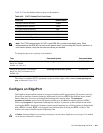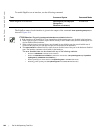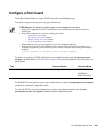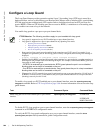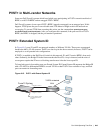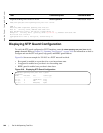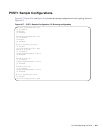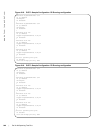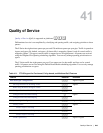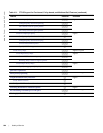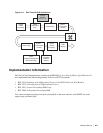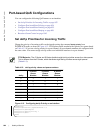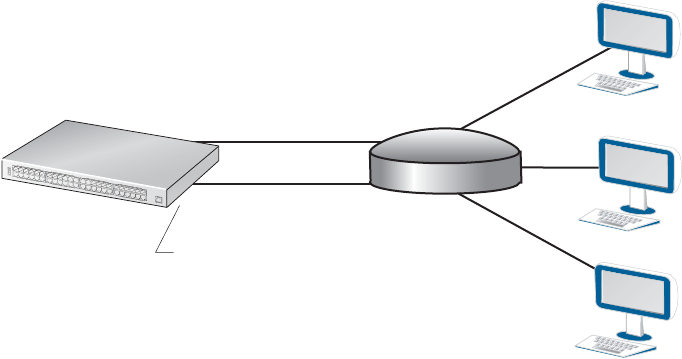
Per-VLAN Spanning Tree Plus | 845
PVST+ in Multi-vendor Networks
Some non-Dell Force10 systems which have hybrid ports participating in PVST+ transmit two kinds of
BPDUs: an 802.1D BPDU and an untagged PVST+ BPDU.
Dell Force10 systems do not expect PVST+ BPDU (tagged or untagged) on an untagged port. If this
happens, FTOS places the port in error-disable state. This behavior might result in the network not
converging. To prevent FTOS from executing this action, use the command
no spanning-tree pvst
err-disable cause invalid-pvst-bpdu
. After you configure this command, if the port receives a PVST+
BPDU, the BPDU is dropped, and the port remains operational.
PVST+ Extended System ID
In Figure 40-5, ports P1 and P2 are untagged members of different VLANs. These ports are untagged
because the hub is VLAN unaware. There is no data loop in the above scenario, however, PVST+ can be
employed to avoid potential mis-configurations.
If PVST+ is enabled on the Dell Force10 switch in this network, P1 and P2 receive BPDUs from each
other. Ordinarily, the Bridge ID in the frame matches the Root ID, a loop is detected, and the rules of
convergence require that P2 move to blocking state because it has the lowest port ID.
To keep both ports in forwarding state, use Extend System ID. Extend System ID augments the Bridge ID
with a VLAN ID to differentiate BPDUs on each VLAN so that PVST+ does not detect a loop, and both
ports can remain in forwarding state.
Figure 40-5. PVST+ with Extend System ID
VLAN unaware
Hub
Force10 System
P1
untagged in VLAN 10
P2
untagged in VLAN 20
X
moves to blocking unless
Extended System ID is
enabled



